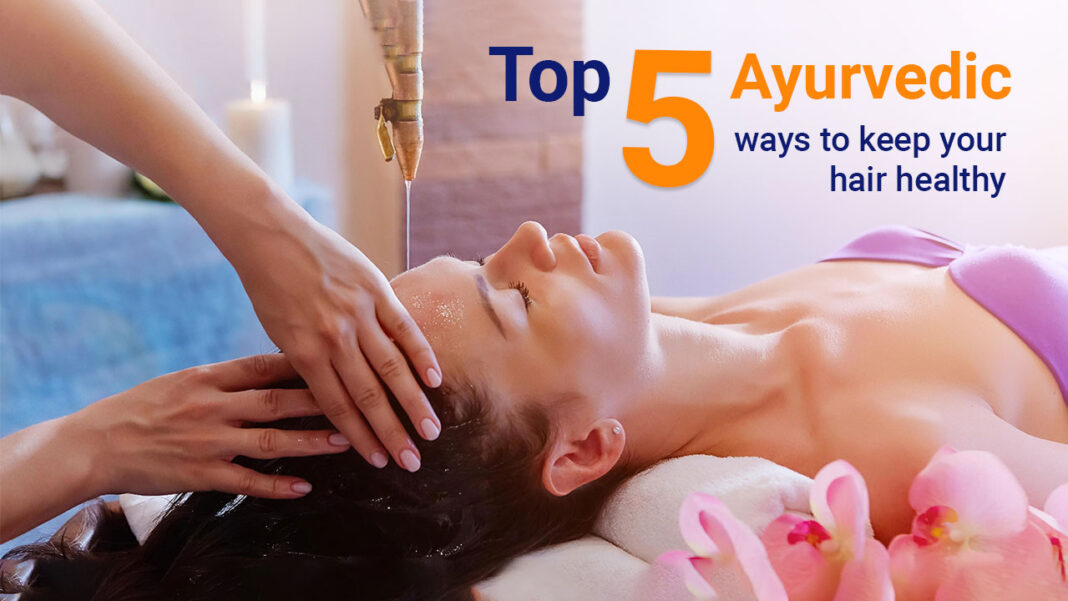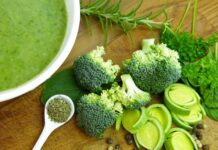Ayurveda is an ancient healthcare system that originated in India. It has been in practice for years and is a trusted way of taking care of not just the physical body but also the mental state. Ayurvedic hair care and cosmetics are a popular way of organically taking care of hair with fewer chemicals and damage. It is, however, not limited to using shampoo and conditioner that say are Ayurvedic. There are many more aspects to it which have been covered below in detail.
Ayurveda and Ayurvedic health care including hair care is taught in dedicated colleges and institutes. One of the best BAMS college in MP is Sri Sai. Students, here, can choose from short-term and long-term courses in different Ayurveda concentrations. At graduation, students go on to work as practicing Ayurvedic doctors or Ayurveda experts that work on a consultation basis.
While at these colleges, one can expect to learn the following ways to keep hair healthy.
Ayurvedic Hair Care
Ayurveda principles cover the best ways to take care of one’s hair. These principles work in sync with the diet and yoga guidelines. A major part of Ayurvedic hair care is to use the correct ingredients and use fewer chemical-based products and treatments. Regular oiling, shampooing, conditioning, and combing are no brainers. However, there are many other factors to keep in mind.
Working as per the dosha will give the best result that will last a long time. Taking in the right protein, vegetables and spices will also ensure one is healthy from the inside and outside as well.
Hair Care Tips for Healthy Hair As Per Ayurveda
It is hard to restrict all the Ayurveda hair tips into five points as there are a lot of intricacies and points to consider. The following are a highly summarised version of five-pointers to keep in mind when taking care of hair.
Hair Type and Dosha: Like it is with diet and all other aspects of Ayurveda, doshas affect the hair too. Doshas are a combination of the five elements, earth, fire, water, air, and space. One can be Vita, Kapha or Pitta dosha. It is the first step of starting an Ayurvedic hair care routine. For the Vita dosha, hair type is nutrition dependent. Generally, people of this dosha have thin and straight hair that is highly porous which in case of imbalance can be dry and frizzy. Pitta dosha people have hair of medium thickness that can be wavy. A Pitta that is not in balance can lead to hair loss, scalp inflammation, grey, clogged pores. Kapha dosha has thick and lustrous hair that is often curly. When not in balance, this dosha can have excess sebum, hair loss, and an itchy scalp.
Hair Oil: For healthy envy-worthy hair, one must oil their hair regularly. A good hot oil massage will work wonders for all dosha types in Ayurveda. As a rule, one should oil their hair once a week. If the hair type is dry or if the individual suffers from dandruff, the frequency of oiling hair can be increased to two. Warm the oil and apply in a circular motion using the pads of the finger. Give a good massage for at least 15 minutes, keep it on for 20 minutes before washing or overnight. Besides when and how to oil, one must also be accurately aware of the ingredients in the hair oil. For Vata, look for Onion, Rosepea, Licorice, Cedar, etc. Pitta dosha needs Neem, Hibiscus, Karanja, Lodhra, etc. Thereafter, the Kapha dosha needs Rosepea, Grapeseed, Methika, Camphor, etc.
Shampoo and Conditioning: Like with oiling, for shampoo and conditioner too, one must be aware of the ingredients. The goal is to choose products with fewer chemicals. Today’s market has a host of shampoo and conditioners that are marketed to be Ayurvedic but rarely are all of them truly Ayurvedic. Look for ingredients like Reetha, Shikakai, Triphala, etc in the shampoo. One must wash their hair regularly a week to prevent the buildup of oil and dirt with normal to lukewarm water. After shampooing, deep conditioning must also be done, once a week. Look to include Amalaki, Henna, Fenugreek, and keep it on for 30 to 40 minutes before washing off with water.
Combing and Trimming Hair: Everyone combs to keep their hair tangle-free but there is more to it. Regular combing enhances blood circulation to the scalp. Moreover, the scalp sebum or oil can also be spread to the rest of the hair. Ayurveda suggestions dictate using a wooden wide-tooth comb and one must also wash the comb to remove accumulated dirt. For dandruff, a neem wood comb works best. Hair must additionally be regularly trimmed. Removing the dead ends and split ends will remove the rough and dry look. Ideally, one should aim at getting a trim once every eight to twelve weeks.
Diet and Exercise: The best Ayurvedic hospital in Bhopal teaches students the basics of hair care and personal care in the Ayurvedic way. One last important aspect to retaining hair’s health is through diet and exercise. Eating as per the dosha with the right ingredients such as coriander, black pepper, turmeric, protein, citrus fruits, etc. Make sure to eat slowly and without any distractions like televisions or mobile phones. Besides the right nutrition, exercise will also greatly affect health care. When exercising, sweating occurs that in turn flushes out toxins and helps in unclogging the hair follicles. Moderate exercise like walking, cycling, and running daily will help.
Ayurveda is a holistic method of attaining overall health and long lives. Beyond diet and exercise, Ayurveda also dictates how to properly take care of hair. From choosing the right ingredients for shampoo and conditioner to oiling and also trimming hair, there are many factors to consider. All of these and more are taught at most Ayurvedic colleges in MP.















